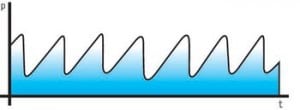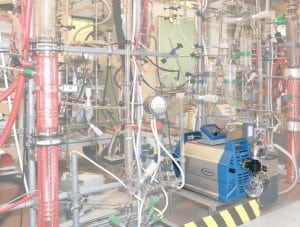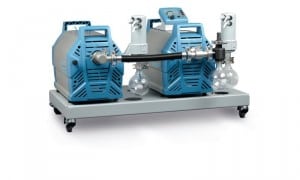
Fine Vacuum Control
Sponsored by Chemical Engineering
Many important research and industrial processes require vacuum in what is referred to as the "fine vacuum" range, which is between 0.1 and 0.001 Torr. In a prior post, we talked about the fact that the Pirani style gauge is…




